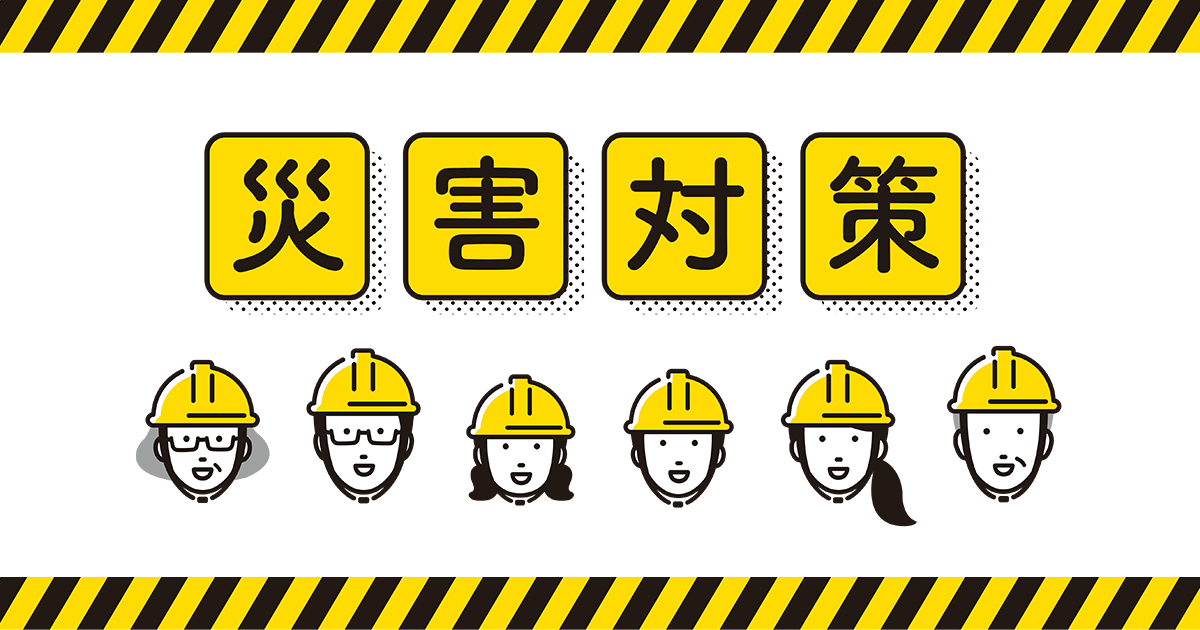日本語訳をお願いいたします。
The number of units leapfrogging through to the next objective was increased and the distance to the final objective further reduced, to match the increasing density of German defences; the creeping barrage was arranged to move more slowly to the final objective. Particular units were allotted to "mop-up" and occupy areas behind the most advanced troops, to make certain that pockets of Germans overrun by the foremost troops were killed or captured, before they could emerge from shelter and re-join the battle. The formation used by the infantry was altered, so that those in the leading waves were further apart and followed by files or small groups, ready to swarm around German defences uncovered by the skirmish lines, each unit keeping a sub-unit in close reserve, brigades a reserve battalion, battalions a reserve company and companies a reserve platoon. Increased emphasis was placed on Lewis-guns, rifle-fire and rifle-grenades. Hand-grenades were given less emphasis in favour of more rifle training. The proportion of smoke ammunition for rifle grenades and Stokes mortars was increased, to blind the occupants of German pillboxes as they were being surrounded. All units were required to plan an active defence against counter-attack, using the repulse of German infantry as an opportunity to follow up and inflict more casualties.
X Corps was to advance to create a defensive flank on the right, attacking with the 33rd and 39th divisions either side of the Menin road. The I Anzac Corps with the 5th and 4th Australian divisions would make the main attack on the remainder of Polygon Wood and the southern part of Zonnebeke village in two stages, 800–900 yd (730–820 m) to the Butte and Tokio pillbox and after a one-hour pause for consolidation, make a final advance beyond the Flandern I Stellung and the Tokio spur. To the north, V Corps of the Fifth Army with the 3rd and 59th divisions was to reach a line from Zonnebeke, to Hill 40 and Kansas Farm crossroads, using the smoke and high explosive barrage (rather than shrapnel) demonstrated by the 9th Division on 20 September.

























補足
回答ありがとうございます。 過去分詞を名詞の後ろに持ってきて修飾するときは、 例えば、The window broken by Tom yesterday is~ のように過去分詞のうしろに文が続く時(後ろに文字がくっついて長くなるとき)と思っていたんですが、何も続かなくても 「過去分詞を名詞の後に持ってきて修飾する」ということはあるっていうことですか? 単独で過去分詞が名詞を修飾する場合は前からだったと思っていたんですが。